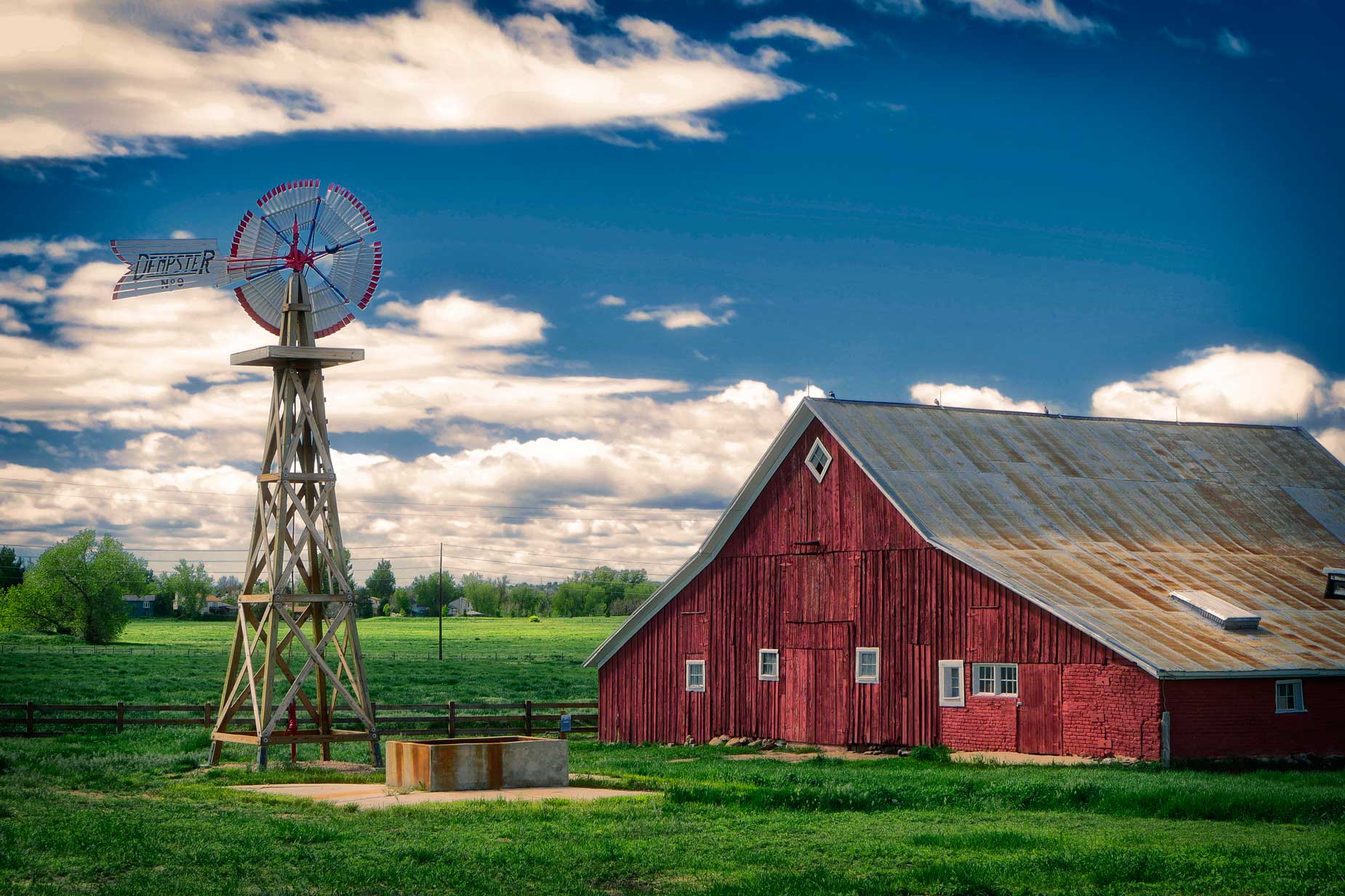For 2025 I’ve retired my #thursdaythoughts theme. While I search for a new one, it’s going to be (and may end up as) Anything Can Happen Day, which may have been what Thursdays were called on the Mickey Mouse Club where I stole the idea!
Today’s Post by Joe Farace
Through the ample open door of the peaceful country barn, A sun-lit pasture field, with cattle and horses feeding; And haze, and vista, and the far horizon, fading away.—Walt Whitman
Everybody needs a hobby, and in my case, one of my photographic intrests is that I like to photograph barns. As the Colorado landscape becomes ever more urbanized it’s become a challenge to search for old farm structures. But if you keep your eyes open, you can find one, like the below building, that is close to home.

How I made this photo: This barn is part of 17-Mile Farm that I mentioned in a previous Monochrome Monday post. It was captured with a 16-megapixel Panasonic Lumix GH4 with Lumix G Macro 30/mm f/2.8 lens. The exposure was 1/400 at f/5.6 and ISO 200 with a plus two-thirds stop exposure compensation that was maybe one-third stop more than it really needed. To create this image, I started with the Polarization filter from Color Efex to punch up the sky but I’ve found that it also adds a nice ambience to any image. Next, the original JPEG file was enhanced with Exposure (from Exposure Software) using their Color>Cinema >Summer Blockbuster + Saturation preset to produce the results you see here.
If You Want to Photograph Barns, Here’s a few tips
- Always ask permission. To paraphrase Carly Simon, “You walked into the party like you were walking onto a yacht,” Don’t walk onto someone’s land as if you owned it. Instead, look for No Trespassing signs and honor their intent when you do find them. I used to keep prints of my barn photographs in my car to show people what I was doing, thinking if the owners understood what my photos looked like they would be more accommodating. Sometimes that worked, sometimes it didn’t. Now I keep images on an iPad. They’re more portable and don’t get wrinkled.
- Follow the press photographers adage of “f/8 and be there” and keep a camera in your car as you drive around. I missed a cool shot last week because I didn’t have a camera with me and I wasn’t going to use a cell phone for reasons…
- Select a smaller lens aperture—although I didn’t it with the above image because…—to produce the greatest depth-of-field keeping in mind that diffraction can also be a problem. Diffraction? According to Photography Life, “as the aperture gets smaller, light waves spread out and increasingly interfere with one another. This causes details of your photographs to blur.” To keep important details in sharp focus, don’t forget that the total acceptable area of sharpness is one-third in front of the object in sharp focus and two-thirds behind it.
- I try to use the lowest possible ISO setting but that’s not always possible, especially if you’re hand holding a shot, IBIS notwithstanding. Low ISO’s can produce slow shutter speeds but using a tripod will slow the pace of your photography and let you make sure the image’s composition is exactly what you want before clicking the shutter. Don’t let using a tripod be a deal breaker though.
- Before snapping the shutter look at each corner of the frame. This eliminates unpleasant surprises—stuff that seemingly comes of out nowhere to ruin an image.

If you enjoyed today’s blog post and would like to buy Joe a cup of Earl Grey tea ($3.50), click here.
Along with photographer Barry Staver, Joe is co-author of Better Available Light Digital Photography.